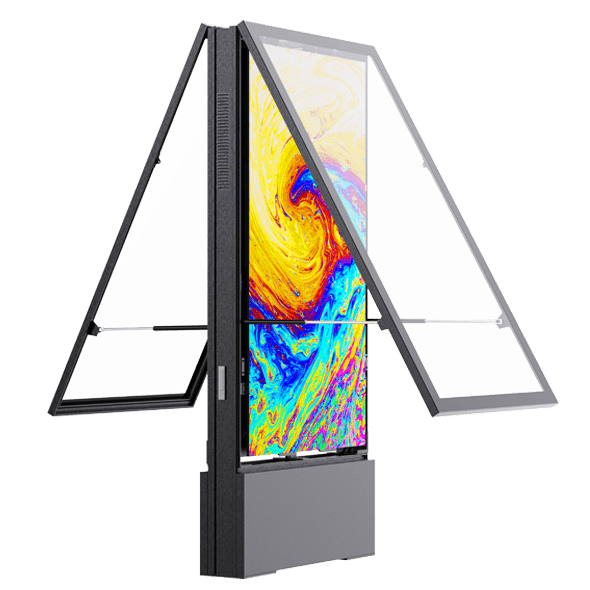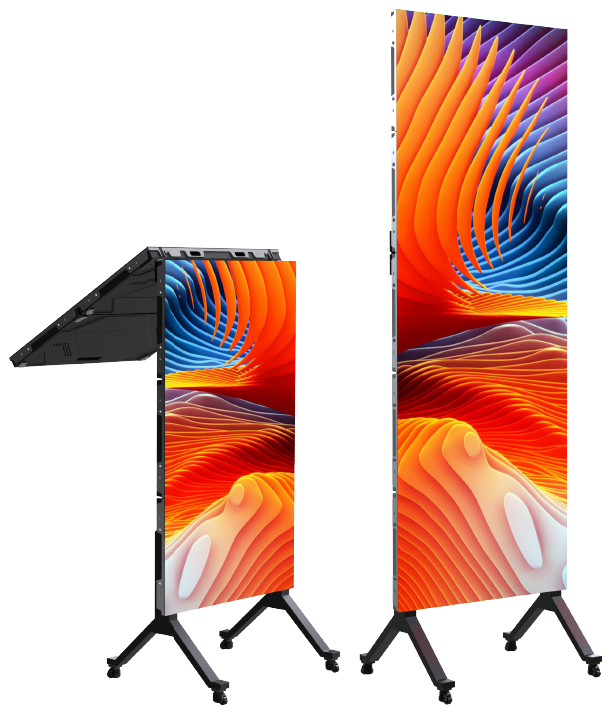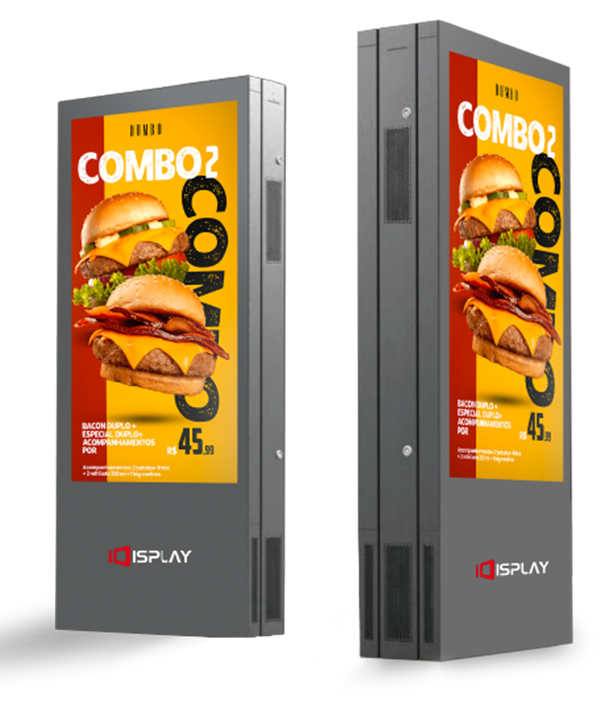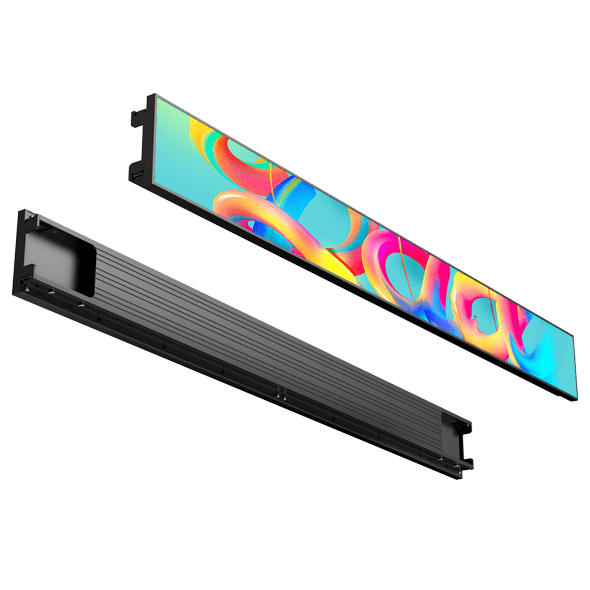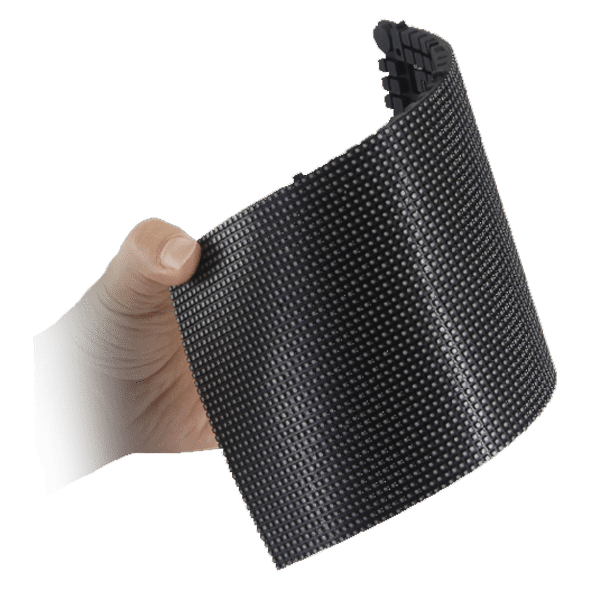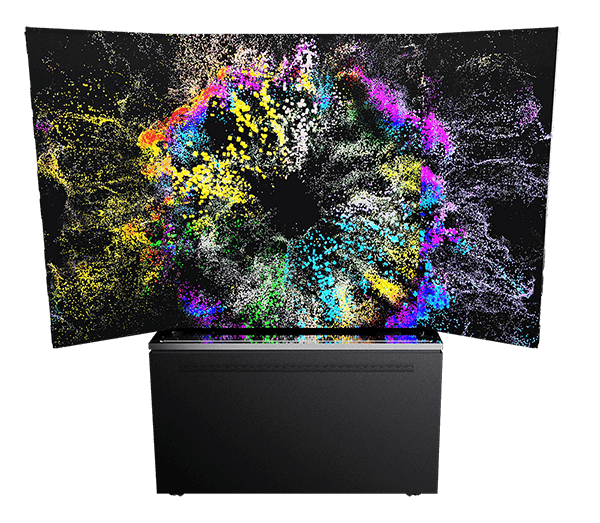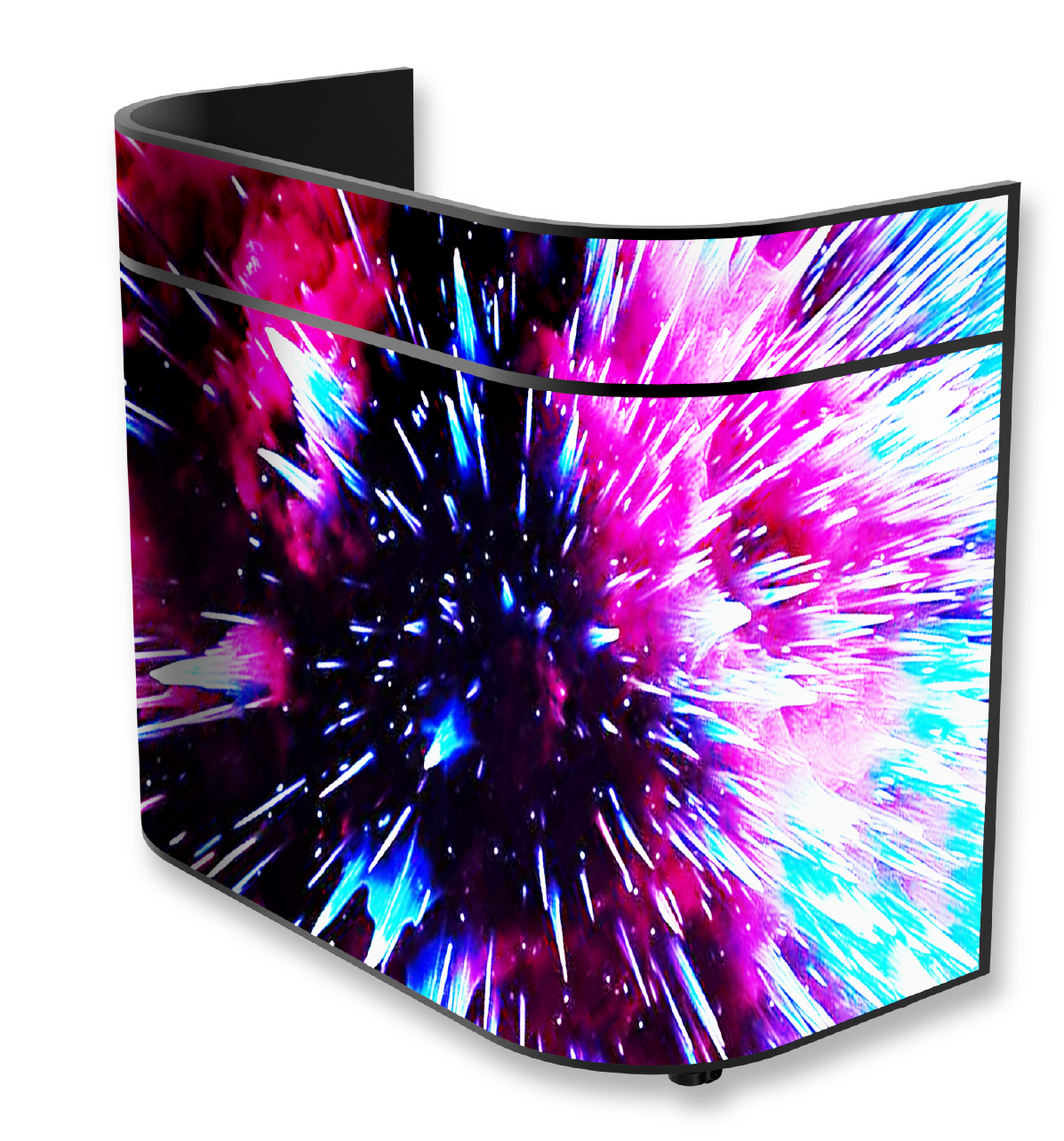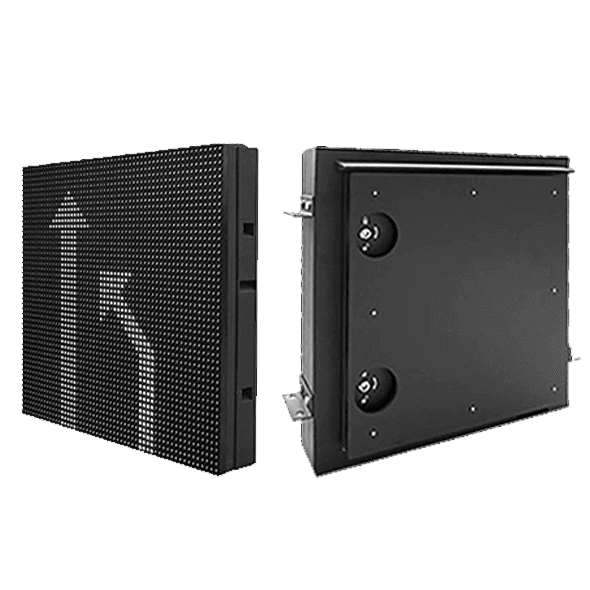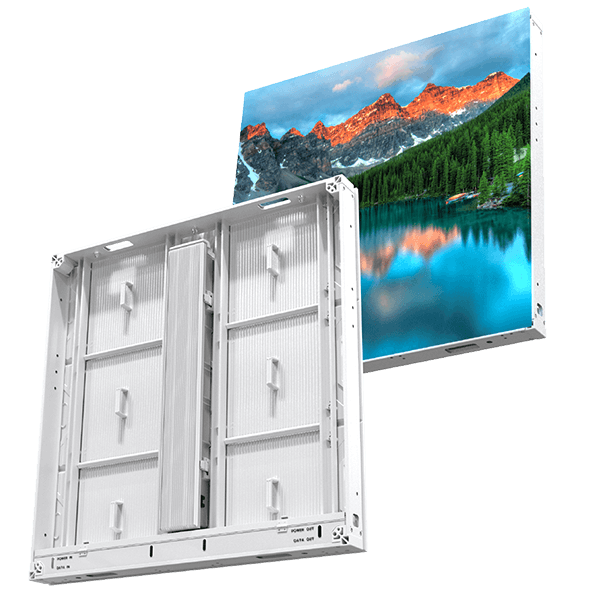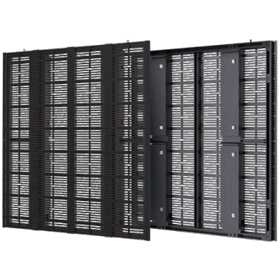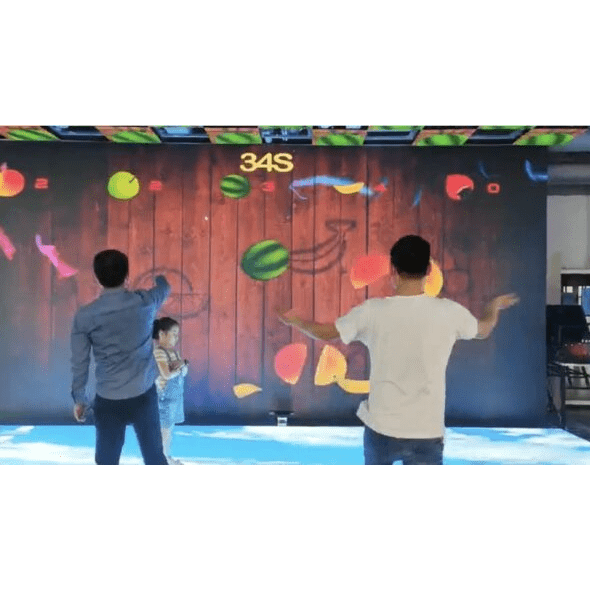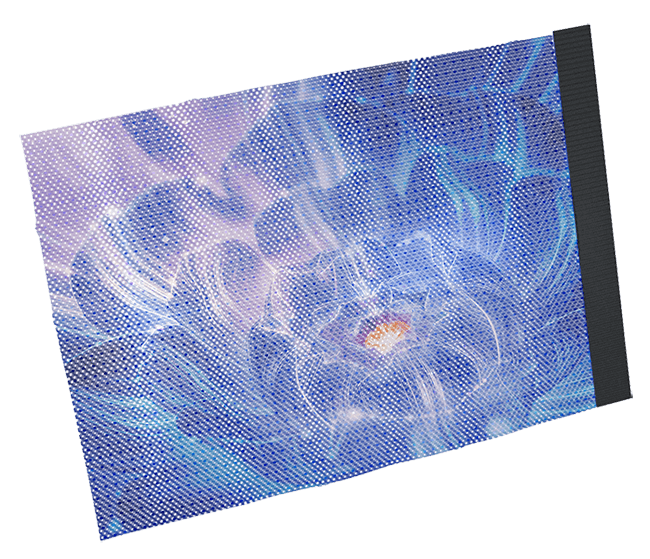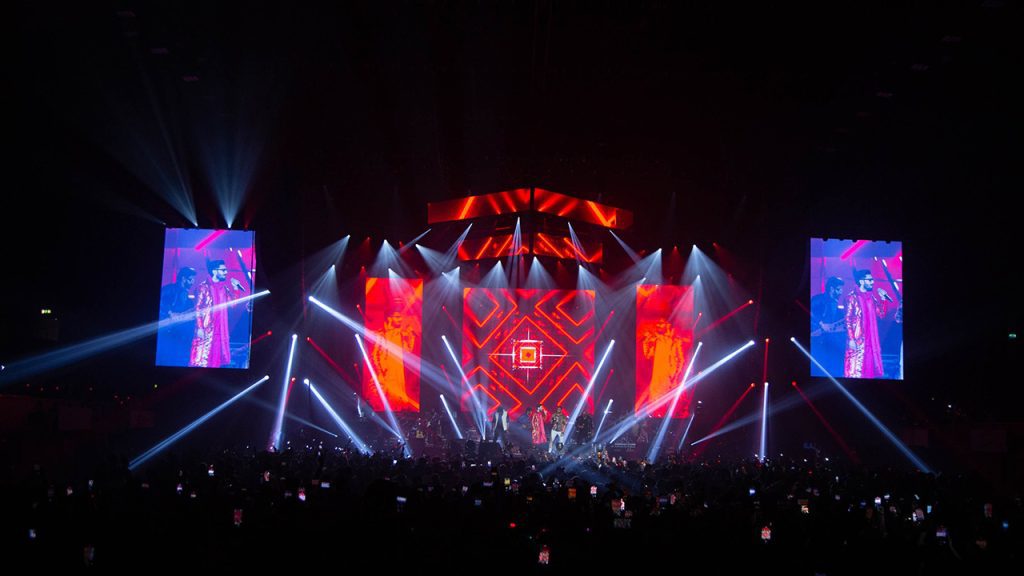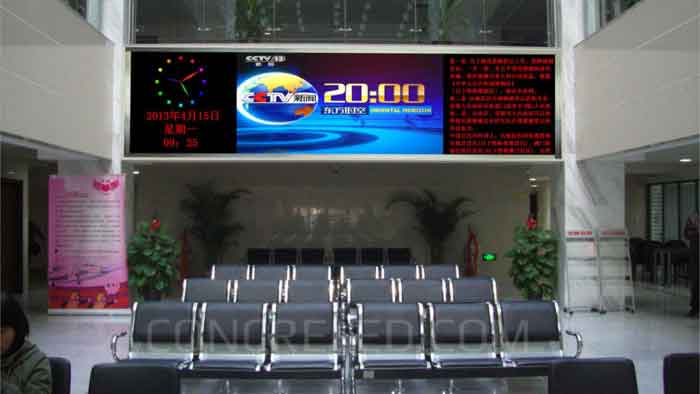![]()
In the dynamic world of LED displays, two terms frequently arise: pixel pitch and viewing distance. Both are crucial in determining the visual quality and effectiveness of an LED wall. This guide will delve into what pixel pitch is, its importance, and how to choose the right pixel pitch based on your viewing distance requirements.
What is Pixel Pitch?
Pixel pitch, also known as dot pitch, refers to the distance from the center of one LED pixel to the center of the adjacent one, measured in millimeters (mm). In industry shorthand, pixel pitch is often denoted by the letter "P" followed by the distance in millimeters. For example, a pixel pitch of 1.5mm is referred to as P1.5, and a pitch of 2mm is referred to as P2.
Advancements in LED technology, such as Surface-Mount Device (SMD) and Chip-On-Board (COB) packaging, have enabled pixel pitches to range from less than 1mm to more than 10mm. Companies like IDISPLAY are at the forefront of this technology, offering displays with pixel pitches that cater to various needs and applications.
The Importance of Pixel Pitch
The pixel pitch directly influences several key aspects of an LED display:
- Pixel Density and Resolution:Smaller pixel pitch means higher pixel density, which results in higher resolution. This creates a more detailed and sharper image, which is especially important for close-up viewing.
- Viewing Distance:The smaller the pixel pitch, the closer the optimal viewing distance. Conversely, larger pixel pitches are suitable for displays meant to be viewed from afar.
- Cost:Generally, displays with a smaller pixel pitch are more expensive due to the higher density of LEDs and the complexity of manufacturing. Larger pixel pitches, while more affordable, offer less detail and are best suited for long-distance viewing.
Choosing the Right Pixel Pitch
Selecting the appropriate pixel pitch involves balancing visual quality, viewing distance, and cost. Here’s how to make an informed decision:
Indoor vs. Outdoor Use:
- Indoors:Space and viewing distances are often limited. Therefore, a smaller pixel pitch (e.g., P1.5 to P3) is ideal for creating crisp, high-resolution images.
- Outdoors:Since viewers are typically farther away, a larger pixel pitch (e.g., P6 to P10) can be more cost-effective without compromising on visibility.
Viewing Distance Calculations:
- Minimum Viewing Distance:To ensure a smooth image without visible pixelation, the minimum viewing distance can be calculated as Pixel Pitch (mm) × 1000 / 1000.
- Optimal Viewing Distance:For the clearest picture quality, the optimal viewing distance is Pixel Pitch (mm) × 3000 / 1000.
- Maximum Viewing Distance:For larger displays, the maximum viewing distance can be approximated as Screen Height (m) × 30.
These formulas provide a helpful guideline but keep in mind that individual visual preferences and specific use cases can influence the ideal pixel pitch and viewing distance.
خاتمة
Understanding pixel pitch and its relationship to viewing distance is essential for choosing the right LED display. Whether for indoor or outdoor use, balancing pixel density, viewing distance, and cost will ensure you get the best visual performance for your investment. With advancements in LED technology, there's an ideal solution for every application, providing vibrant and impactful displays that captivate audiences.




